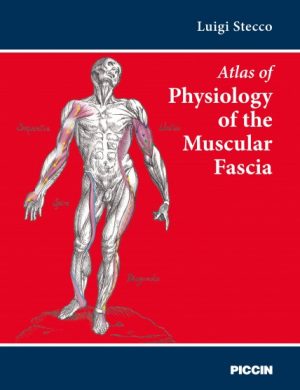Atlas of Anatomy and Physiology of the Internal Fasciae
$161.00
This Atlas of Internal Fasciae and the Autonomic Nervous System by Luigi Stecco, with the collaboration of Carla Stecco and Antonio Stecco, unveils never-before-published images of human organ fasciae, compared with those of other animals, alongside innovative concepts on organ-fascial units, apparatus-fascial sequences, and the autonomic nervous system. A pioneering reference for clinicians, therapists, and researchers, it redefines understanding of human physiology through the lens of fascia.





